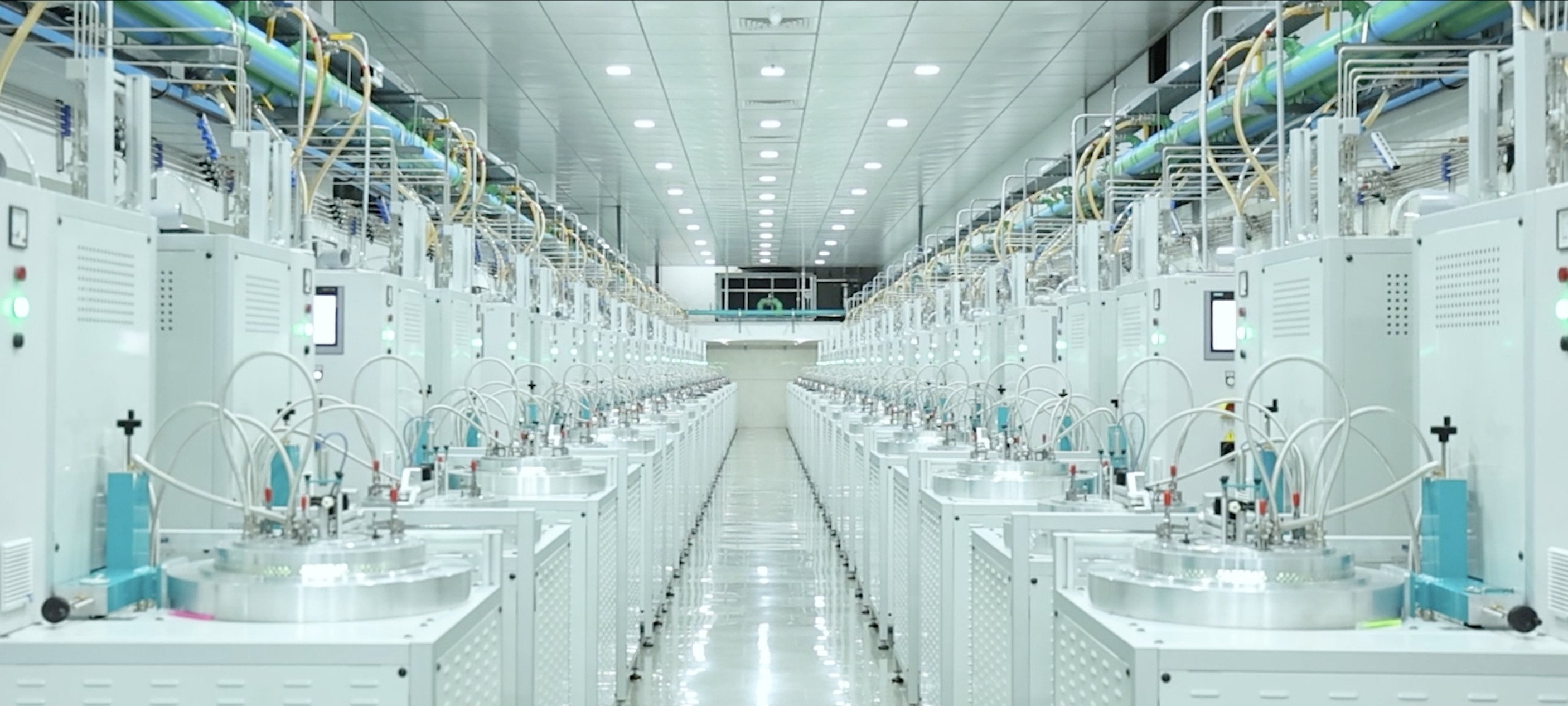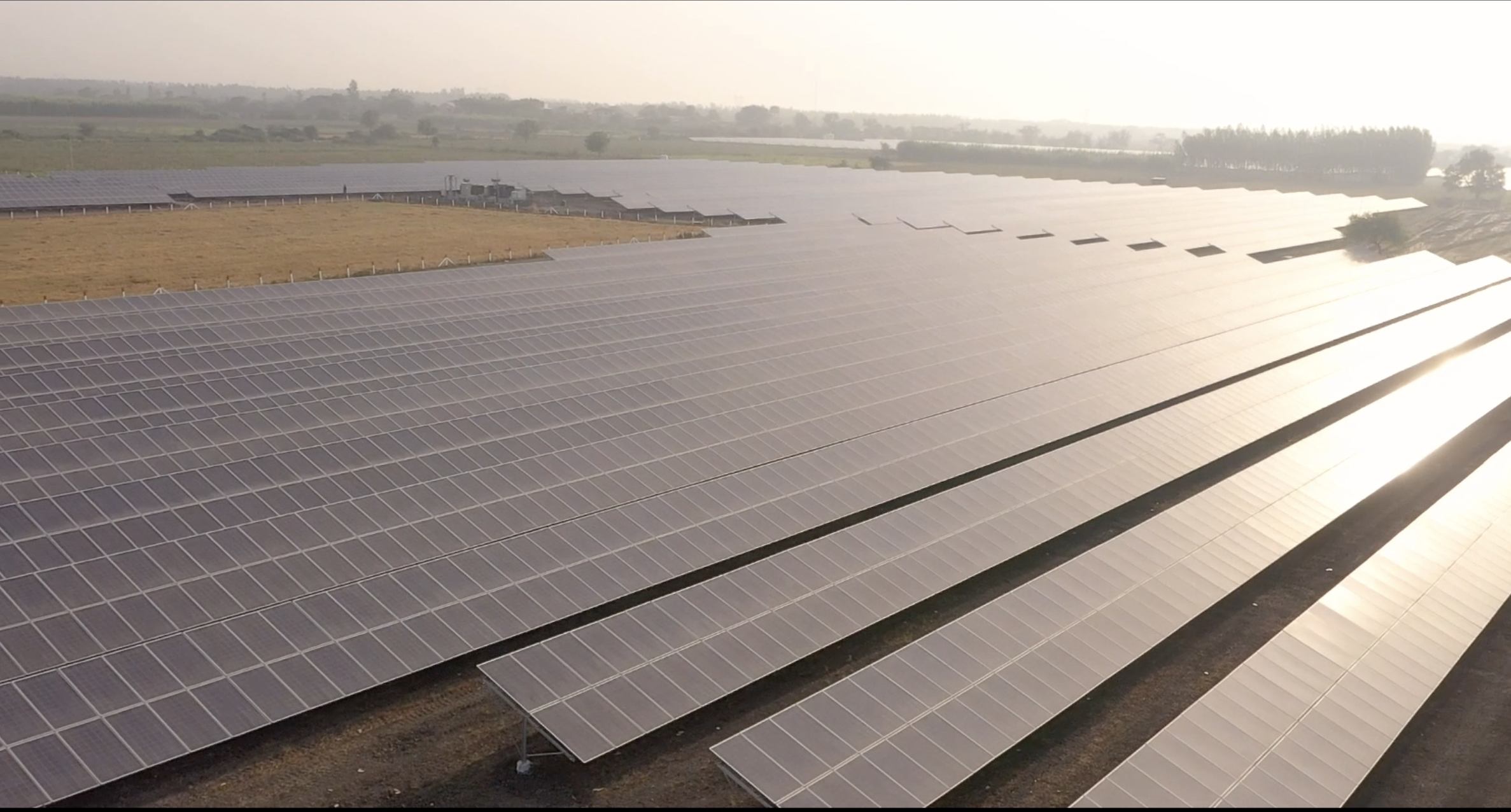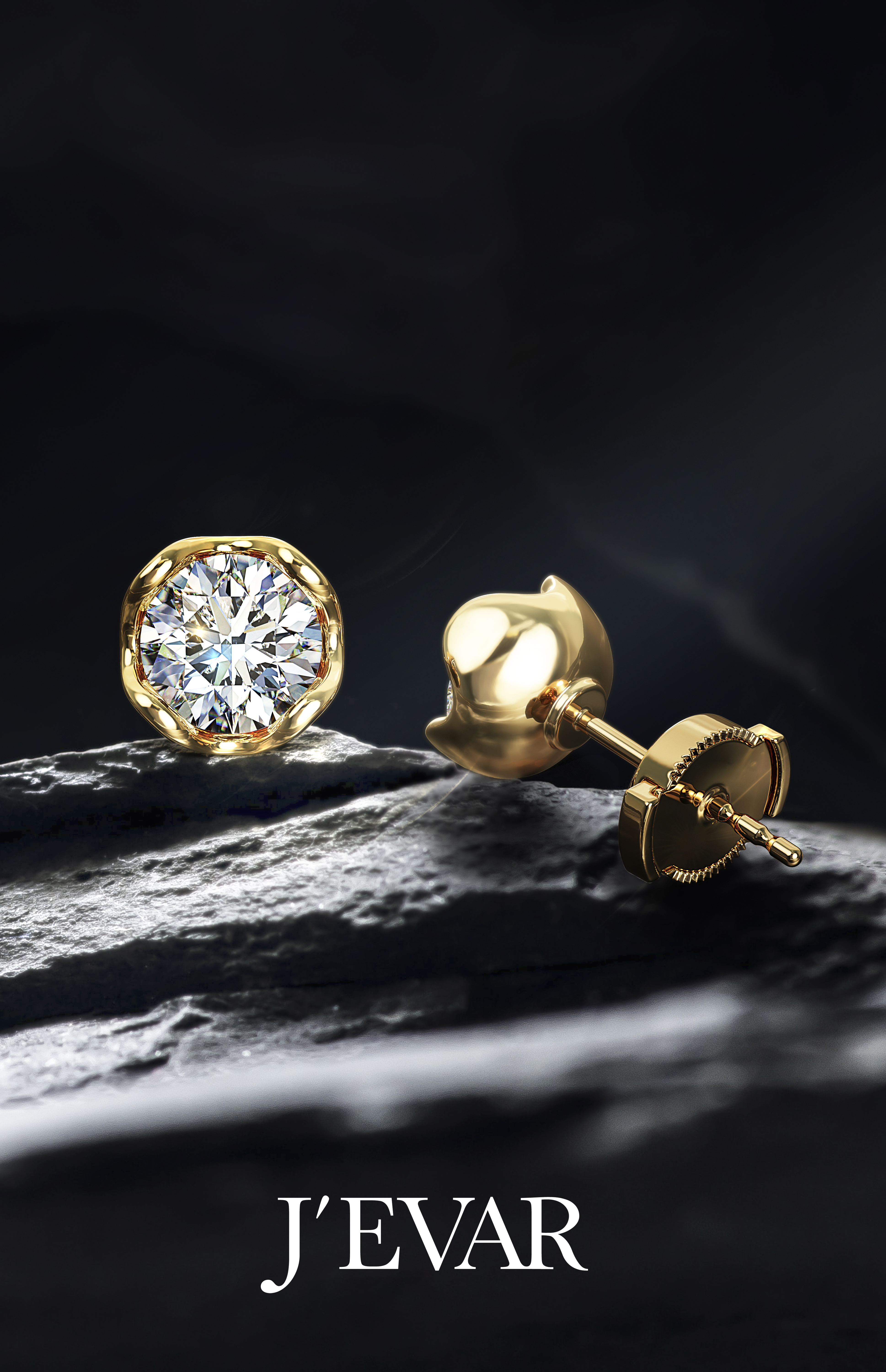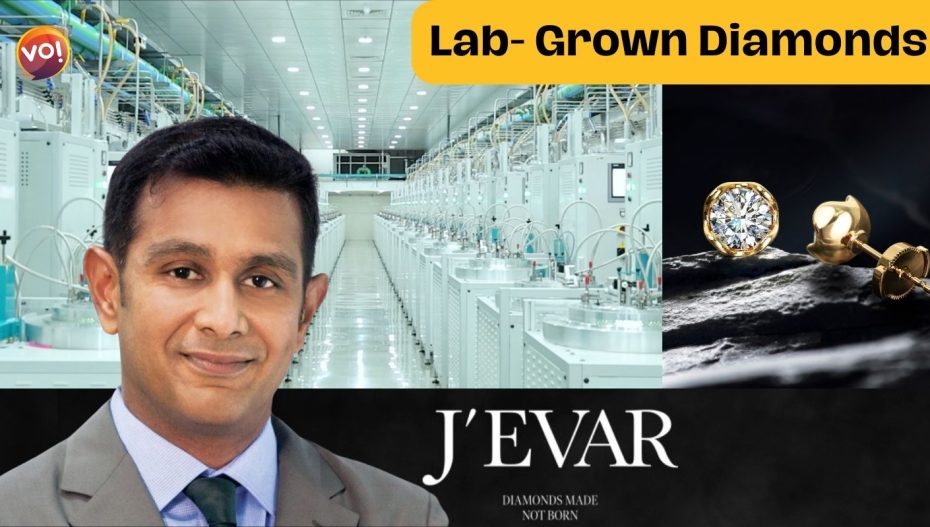When Narendra Modi gifted American first lady Jill Biden a Made-in-Surat 7.5 carat lab-grown diamond on his state visit to the USA last year, it gladdened the hearts of everyone connected with this sunrise industry. Among those cheering the Prime Minister’s choice of gift was Amish Shah, New York-based owner of the J’evar jewellery brand, who manufactures lab-grown diamonds in Surat. In an exclusive interview with VO!, the 48 year old entrepreneur talks about black sheep, engagement rings and how lab-grown diamonds turned white. Excerpts:
VO!: How did you get into the business of lab-grown diamonds?
Amish: I first came across lab-grown diamonds in 2005, when they were still something new. I was as excited as a kid in a candy store. I was intrigued by the science of it. R&R Grosbard, the firm I then worked for, put out its first lab-diamond jewellery collection in 2006. The lab-grown diamonds of that era were pumpkin-coloured and everybody laughed at us. But we worked at cracking the market till 2008, when the global financial meltdown happened and R&R stopped operations. My brother and I eventually bought out R&R from the Jewish family that owned it and renamed it RA Riam.
VO!: Why did you leave your family jewellery business in India and move to New York?
Amish: I just wanted to do something on my own.My grandfather started the business in Kolkata in 1933 and we made jewellery for the city’s royalty. In 1969, the business shifted to Mumbai. My father moved to Surat in 1984 because of his health and I did my schooling there at St Xavier’s High School. I graduated from Lala Lajpatrai College in Mumbai. I was very good in maths and taught myself computer programming and got a diploma from Indian Institute of Computer Science. I also learnt the family business, but I was bored with it and I told my grandpa I wanted to leave. I had been to New York several times before as part of the family business. In 2001, I came here looking for a job and joined R&R. My training in running the family business in India came in useful and I was eventually made CEO of R&R.
VO!: How did your family react to your shift to lab-grown diamonds?
Amish: I was the black sheep when I started ALTR Created Diamonds in 2016 to focus on lab-grown diamonds. The trade was still sceptical then, so we decided we would talk to consumers directly. Berkshire Hathaway was one of the first to give us a break. They gave us an opportunity to exhibit at their Borsheims store in Omaha. Today, 50% of all engagement rings sold in the USA have lab-grown diamonds. It’s a $12 billion industry. Now everybody wants to capitalise on the trend.

VO!: Is price the main selling point of lab-grown diamonds?
Amish: Lab-grown diamonds are 30% cheaper, but we don’t stress that. Our sales people tell the customer they can buy a larger diamond for the same budget. Our product is much more environmentally friendly than mined diamonds, which is a major selling point. Our lab in Surat runs on solar energy and the gold that goes into J’evar jewellery is recycled gold.
VO!: How has the technology for lab-grown diamonds evolved over the years?
Amish: General Electric started work on creating lab-grown diamonds way back in 1944, but it was the Russians who really moved the research forward in the 1990s. Production of lab-grown diamonds involves high temperatures and pressure, so we assume it was part of Russia’s defence aerospace programme at that time. Till 2014, lab-grown diamonds were pumpkin-coloured because they had too much nitrogen. They became white only with the invention of a system called chemical vapour deposition. Then in 2018, the Federal Trade Commission ruled that chemically, they are the same as mined diamonds. The terminology then changed. Words like “natural” and “fake” were out. Now we use the terms “mined” and “lab-grown.”

VO!: Are lab-grown diamonds cut and polished like mined diamonds?
Amish: A Lab-grown diamond emerges rough, just like a mined diamond. It needs cutting and polishing, just like mined diamonds. That is why Surat is the centre of the business. There are seven labs in Surat, all Indian-owned, that make most of the world’s lab-grown diamonds. China makes smaller sized diamonds, but 80% of the large lab-grown diamonds are made in India.
VO!: What are your plans for the J’evar brand?
Amish: We launchedJ’evar in 2023 and so far, it is available only in the USA. We are looking to turn it into a global brand.

VO!: How often are you in India?
Amish: At least once a month. I have never given up my Indian citizenship. My wife Neha, who I met at a jewellery convention in Las Vegas in 2005, looks after the US operation.
Also Read – Metro Rail To Link Ahmedabad, Gandhinagar And GIFT City By June 2024











